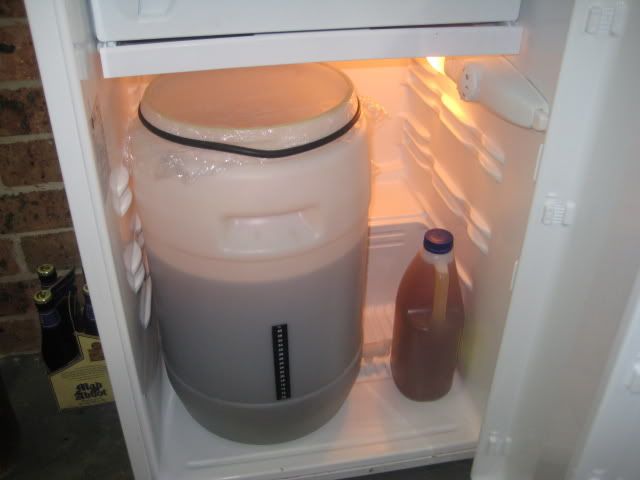Hi all
Im new to brewing but have recently brought a starter set from my local homebrew shop, it came with everything i needed except an airlock, but i was told in the shop i didnt need one and tojust put a clean towel over the lid to stop any nasties getting in. Reading around on several websites some people use airlocks some dont. I was told the fermenting process was an aerobic process which (sorry for people who already know) means it needs oxygen to work. whereas wine fermenting is anaerobic so must be sealed. What are your thoughts on this should i lookat buying an airlock or will i be ok. (hope so as ive barreled a milestones lionspride and have today bottled my woodfordes nelsons revenge - just need to wait now aargh)
Thanks in advance
Grass
Im new to brewing but have recently brought a starter set from my local homebrew shop, it came with everything i needed except an airlock, but i was told in the shop i didnt need one and tojust put a clean towel over the lid to stop any nasties getting in. Reading around on several websites some people use airlocks some dont. I was told the fermenting process was an aerobic process which (sorry for people who already know) means it needs oxygen to work. whereas wine fermenting is anaerobic so must be sealed. What are your thoughts on this should i lookat buying an airlock or will i be ok. (hope so as ive barreled a milestones lionspride and have today bottled my woodfordes nelsons revenge - just need to wait now aargh)
Thanks in advance
Grass






























![BREWING THERMOMETER STICKERS ACCURATELY MONITOR FERMENTING BEER & WINE LIQUID TEMPERATURES 5PCS HOME BREW SPIRITS WINE LCD ADHESIVE [US]](https://m.media-amazon.com/images/I/311DDjo2X3L._SL500_.jpg)












